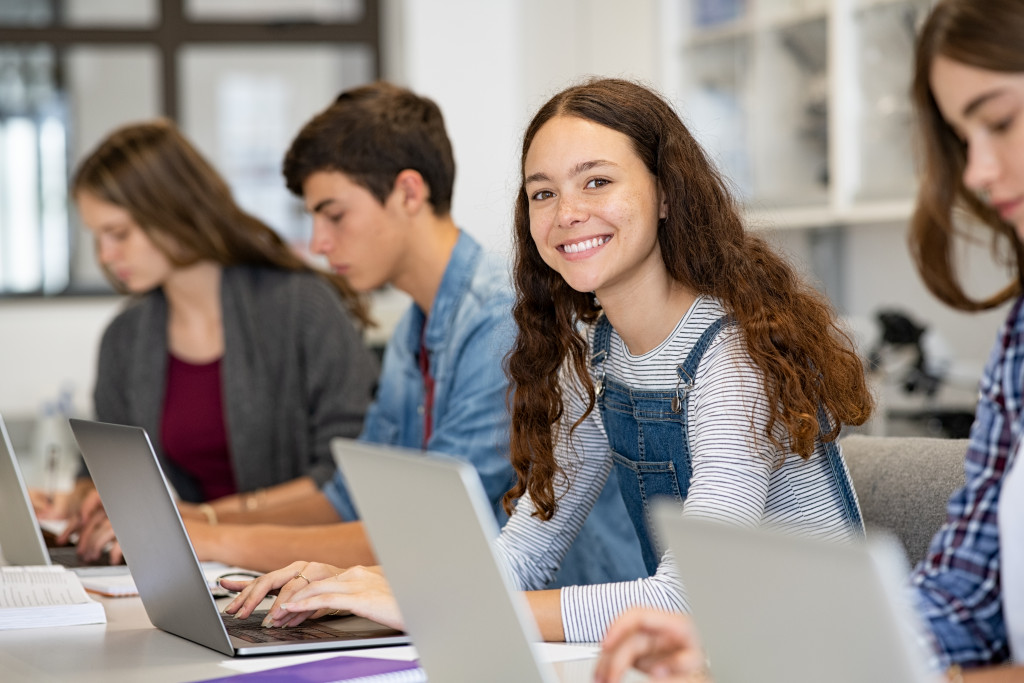- Education is evolving with technology, using interactive whiteboards, smart ID cards, digital textbooks, and student response systems.
- Personalized learning uses various methods like adaptive learning software and micro-learning to tailor education to individual needs and improve outcomes.
- Alternative education models prioritize self-directed, experiential, and project-based learning, with micro-schools, Montessori schools, and homeschooling among them.
- Sustainability education creates awareness and teaches the importance of protecting and preserving the environment.
- The future of education requires adapting to new trends, innovating, and prioritizing individualized learning, alternative teaching, and sustainability.
Education is the foundation of any prosperous society. It has the power to transform lives, empower communities, and drive economic growth. However, the current state of education is facing a host of challenges. From outdated curricula to limited resources, many educational institutions struggle to keep up with the evolving needs of their students. To tackle these issues, education providers must embrace the future, changing how they deliver learning.
The advancement of education has come a long way, from the traditional classroom setting to the now-popular online learning environment. With the help of technology, education has become more accessible and effective, and it will only get better.
The education sector has constantly evolved, and keeping up with the latest trends and innovations is essential. This post will discuss the future of education, highlight the trends and innovations you should be aware of, and explore some emerging trends and innovations shaping education’s future.
Technological Innovations in School and Education
Interactive Whiteboards
The integration of technology is one of the most significant trends in education today. Educational technology, or EdTech, is using technology to enhance teaching and learning. Several technologies can enhance teaching, like interactive whiteboards, which replace the traditional chalkboard or whiteboard with an interactive screen.
These interactive whiteboards allow for more dynamic and engaging lessons, as students can interact with different digital elements.
Smart ID for Students
Another emerging technology is the smart ID for students. The use of Smart ID cards is prevalent on college and university campuses. For instance, the University of California, Irvine, developed a smart ID card for UCI students that displays their photos and emergency contact details and provides access to buildings and parking across the campus. With the Smart-ID, UCI students can make school purchases, authenticate their identity, and keep track of their grades.
Implementing smart ID cards has significantly improved campus security, ensuring only authorized individuals can access campus buildings and facilities. Furthermore, the ability to use the smart ID card for school purchases has made transactions more convenient and efficient for students.
Digital Textbooks and E-Readers
Digital textbooks and e-readers represent another breakthrough technology in education. While traditional textbooks continue to serve as fundamental reference materials, digital textbooks offer teachers and students more comprehensive learning tools.
Digital textbooks can include interactive multimedia like videos, graphics, and interactive quizzes, making them more engaging and supportive than old textbooks.
Student Response Systems
Finally, student response systems, or clicker systems, enable teachers to assess students’ understanding in real time. These systems use multiple-choice questions that students can answer via a handheld device to give immediate feedback on their comprehension.
This feedback lets teachers adjust their lessons in real-time to meet the student’s needs, improving overall learning outcomes.

Personalized Learning
Personalized education means tailoring learning experiences to match individual students’ needs, skills, and interests. To this end, schools are experimenting with various customized learning approaches, such as adaptive learning software and microlearning.
Adaptive learning software is a computer-based system that adapts a program’s content, sequence, and difficulty based on learners’ performance. At the same time, microlearning focuses on smaller and more targeted learning interventions.
With the rise of personalized education, educators can work much more closely with students, better understanding their needs, preferences, and challenges. This will lead to a more efficient education system where students can learn at a pace that suits them, boosting their potential.
Alternative Education
Alternative education plays a significant role in society, especially for those who cannot conform to traditional educational systems. Alternative education is a model that doesn’t follow the traditional classroom setting. Instead, they prioritize self-directed learning, experiential learning, and project-based learning.
Innovations in alternative education include micro-schools, Montessori schools, Waldorf schools, homeschooling, and unschooling. Micro-schools are small schools with fewer than 150 students where personalized learning is emphasized. Montessori schools emphasize hands-on learning and personalized education.
Waldorf Schools focus on students’ holistic development by incorporating arts, music, and practical skills into their curriculum. Homeschooling and unschooling are non-traditional approaches to education, where the child can choose what they want, how to learn, and when to learn.
Sustainability Education
Sustainability education is essential in society as it creates awareness and teaches the importance of protecting and preserving the environment. Integrating sustainability in education prepares students to positively impact the environment, community, and economy.
The presence of sustainability education includes green schools, sustainable agriculture programs, environmental education, and sustainable city design programs. Green schools prioritize energy efficiency, water conservation, and environmentally-friendly practices. Sustainable agriculture programs educate students on growing and sustaining a healthy food supply chain.
Environmental education teaches students the importance of the environment and the impact of human activities on it. Sustainable city design programs educate students on designing and building sustainable cities that will positively impact the environment and the economy.

The future of education looks promising, and one can expect to see more trends and innovations centered on alternative and sustainability education. It’s crucial to keep an open mind and embrace these changes as they will allow students to grow and positively impact society. With the proper education, the possibilities for a better future are endless.
Education is changing rapidly, driven by a new generation of learners with different needs and expectations than their predecessors. To thrive in the future, educators must embrace emerging technologies and personalized learning approaches, committing to innovation and advancement.
